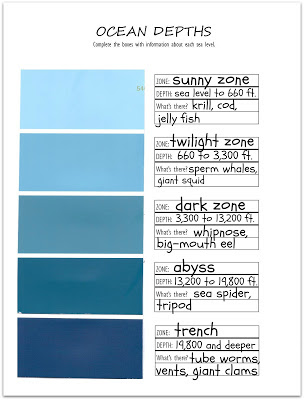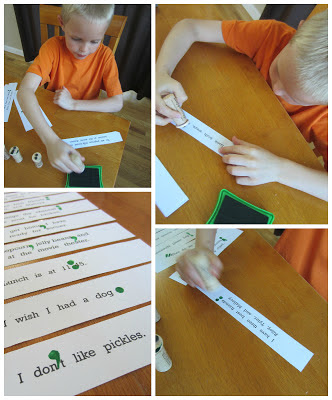Our youngest son is really into those little metal Hot
Wheels and Matchbox cars lately. It seems they're everywhere I turn in our house
right now. It's not a wonder when I saw our two sons making a pretend race with
them, that the wheels in my brain started turning. How could I make this imaginative
play educational too?
This Division 1 Racing game is the result.
What You Need
10 small toy cars
Division 1 Racing track (Download it here; cut and tape
together.)
Division 1 Racing playing cards (Download it here;
this 13-page PDF has 100 division problems. Print and cut the cards apart.)
Division tables (for when kids get stumped; we used the
one here)
How to Play
For multiple players, decide who's racing what cars in
which lanes. When my son and I played, he chose the odd-numbered lanes and I
raced the cars in the even lanes.
We took turns drawing a card, answering the problem and
moving the car that was in the same numbered lane as the answer. For example,
if I drew the card 24 divided by 8, I moved the car in lane 3 up one space. It
didn't matter that my cars were in the even lanes; we moved each other's cars.
The
object was to answer the problems correctly and watch to see which car would
cross the finish line first.
My son shocked me. This game held his interest for a lot
longer than I'd imagined; I think we played for nearly 40 minutes! We answered
nearly all of the problems before the car in lane 5 won the race. What fun!
This game could easily be played with multiple players -
as many as 10 or more if they were solving problems as teams. If your child is
playing alone, consider making the track shorter to keep them from getting
fatigued and frustrated before the race is won.
By the way, our preschooler has gotten a dose of some
educational play with his cars too, namely sorting by color and counting. I'd
say we've gotten our money's worth out of these toys!












.jpg)














.jpg)













.jpg)









